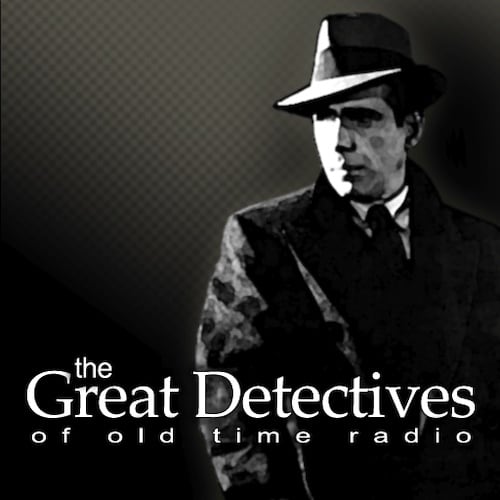‘
Dragnet was not only a radio program, a TV program, and a movie in the 1950s, it was a pop culture phenomenon that not only led to spin-off novels and board games but a daily newspaper strip that spanned from 1952-1955.
Single strips have surfaced. Lewis Lovehaug (aka Linkara) did a review of an Australian Dragnet comic book which appears to have been made up of several edited newspaper strips. A few strips have appeared on various blogs around on the Internet. There does seem to be disagreement on the start date with many websites indicating 1953 as the start date, but this appears to be inaccurate. As best I can tell, it started in June 1952 and continued through May 1955.
This book collects an entire storyline from September 22-November 8, 1952. The overall plot is a good, standard Dragnet story about a search for a drug ring with the first clue coming at the scene of a drug-related accident.
The story features Frank Smith as a young police officer rather than the middle-aged character we came to know on TV. The Dragnet strip began in the interim period between the time Barton Yarborough (who played Friday’s first partner Ben Romero) died and when Ben Alexander was cast as Frank Smith. Clearly, the idea of having Friday with a younger partner appealed to Jack Webb. In addition to the newspaper strip, on a radio show, a young Martin Milner was cast as Friday’s partner Bill Lockwood for a month, but it didn’t work out, with Milner entering the military during Korea foreclosing the possibility. The newspaper strip Frank Smith does have a resemblance to Milner with a touch of Jimmy Olsen thrown in. The one plot complication is Joe Friday having a young partner makes Joe Friday going undercover as a college student seem silly. Smith would have been a more natural fit.
The art is decent with a fair likeness of Jack Webb as Friday. To be honest, it’s tough to tell how much of the mediocrity in the art has to do with the art and how much of it has to do with the quality of the scan of the material.
If you’ve read other collections of major newspaper strips, such as those published by the American Comics Library, this will probably not be all that impressive. Collections of major strips are often carefully restored. The collections are readable public domain comic strips of fair quality.
In addition, the price of $7.99 for a 42-strip story is a bit steep. Still, if you want to enjoy Dragnet as a newspaper strip and want to own a physical book as opposed to downloading them online then you may enjoy this book.
Rating: 3.5 out of 5
This post contains affiliate links, which means that items purchased from these links may result in a commission being paid to the author of this post at no extra cost to the purchase
